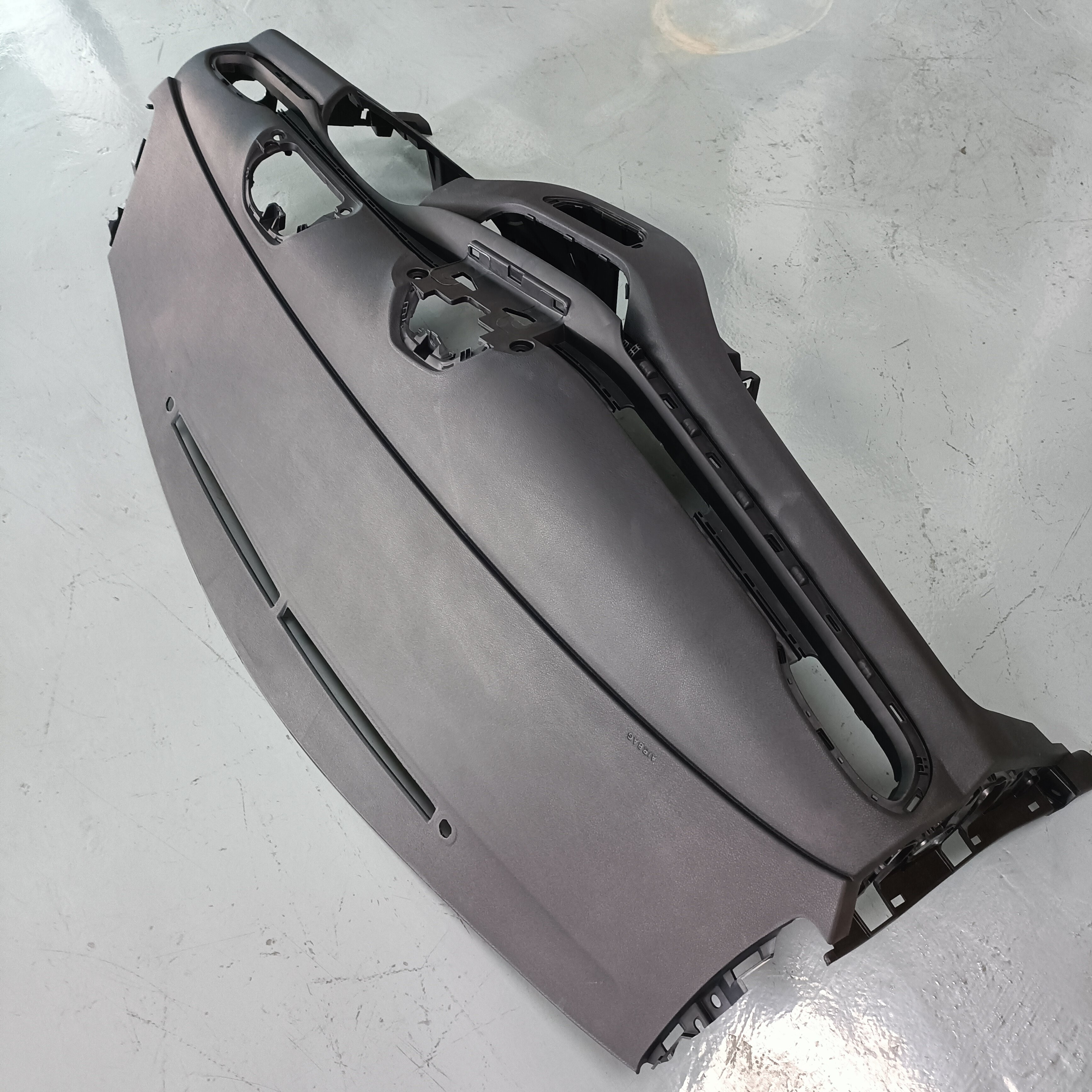Ошибка формата электронной почты
emailCannotEmpty
emailDoesExist
pwdLetterLimtTip
inconsistentPwd
pwdLetterLimtTip
inconsistentPwd

Offer Technical Support and Customized Solutions
The company is committed to creating new and improved plastic materials to meet the evolving demands of the market.
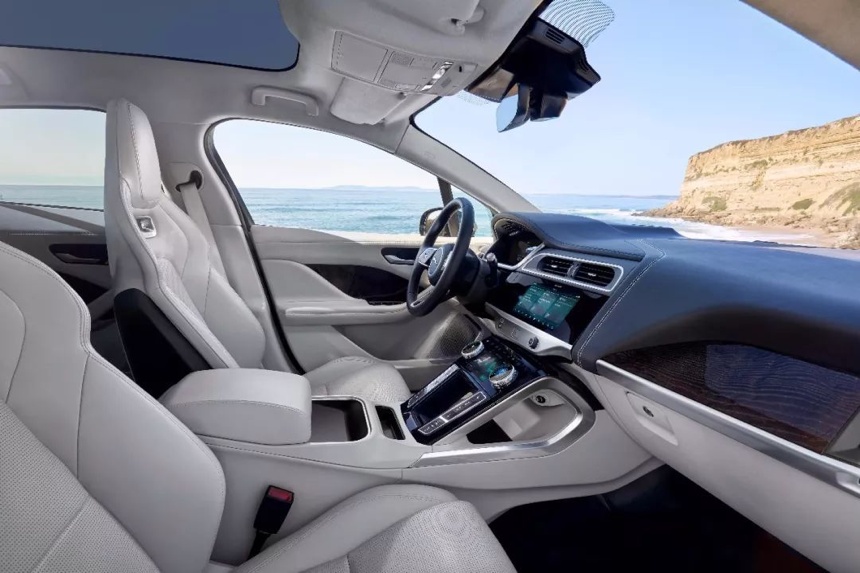
Exploring the Versatile Applications of Plastic Pellet Materials in the Automotive Industry
Introduction
As manufacturers of modified plastic pellets, TOPONEW is proud to introduce our plastic pellet materials and their wide-ranging applications within the automotive industry. Among the common plastics utilized in automotive interior and exterior trim parts, such as PP, PC/ABS, ABS, PE, PA, and POM, PP stands out as the most prevalent. In the following sections, we will provide a concise overview of these commonly used plastics and their specific applications in automotive interior and exterior trim.
PP
https://www.toponew.com/products/pp-compound
PP, also known as polypropylene, is a polymer formed by the free radical polymerization of propylene monomers. It is a non-toxic, odorless, tasteless, high-density, linear polymer with no side chains and high crystallinity, appearing as a milky-white material. It is also the most extensively used plastic material in interior and exterior trim parts.
Advantages:
Water absorption rate below 0.02%, almost unaffected by moisture;
High impact strength, good processing flowability, easy molding, excellent product appearance quality;
Abundant raw material sources, low cost;
Good temperature resistance (but poor heat deflection ability);
Good chemical resistance.
Disadvantages:
Brittle at low temperatures and poor weather aging resistance (can be improved through modification, additive addition, etc.);
High crystalline material with large shrinkage rate and poor dimensional stability.
Applications:
PP materials are mainly used in parts such as instrument panel bodies, sub-instrument panel bodies, glove compartments, storage compartments, door trim panel bodies, pillar trim panel bodies, door sill plates, seat trim panels, luggage compartment trim panels, passenger armrests, front/rear bumper skins, side skirt trim panels, front windshield lower decorative panels, mudguards, etc. Fiber-reinforced PP materials have higher rigidity, especially long glass fiber-reinforced and glass fiber mat-modified ones, which are used more in structural components to replace metals, applied in spare tire compartments, seat frames, door modules, and other parts.
ABS
https://www.toponew.com/products/abs-compound
ABS is an amorphous material, a copolymer of acrylonitrile, butadiene, and styrene. It combines the excellent properties of acrylonitrile (heat resistance, chemical resistance, high rigidity), butadiene (toughness), and styrene (good processability, dyeability, poor weather resistance, prone to oxidation). The characteristics of ABS mainly depend on the proportions of the three monomers and the molecular structure in the two phases. By changing the proportions of the three components, the method of synthesis, and the particle size, different varieties can be produced.
Advantages:
Surface decorative and secondary processing, including painting, electroplating, welding, bonding, etc.; Good dimensional stability and creep resistance.
Disadvantages:
Poor chemical resistance, poor UV resistance (due to butadiene component), high gloss. Not highly heat resistant, with low heat deformation temperature.
Applications:
ABS is mainly used in interior and exterior trim parts requiring painting, electroplating, water transfer printing, IMD, and other processes, such as painted decorative strips, electroplated bright strips, electroplated grilles, electroplated emblems, exterior mirror housings, etc. Due to its excellent dimensional stability, especially good high-temperature stability, it is also used in combined instrument covers, steering column covers, door trim panel mid-inserts, switch buttons, air vent panels, etc. ABS grades for blow molding can also be used for spoilers. Considerations: The temperature requirements of parts are the main factors determining the selection of different heat-resistant grades of ABS. Also, due to ABS's poor weather resistance, it is generally not used for exterior trim parts exposed to direct sunlight.
High-performance ABS applied in truck trim panel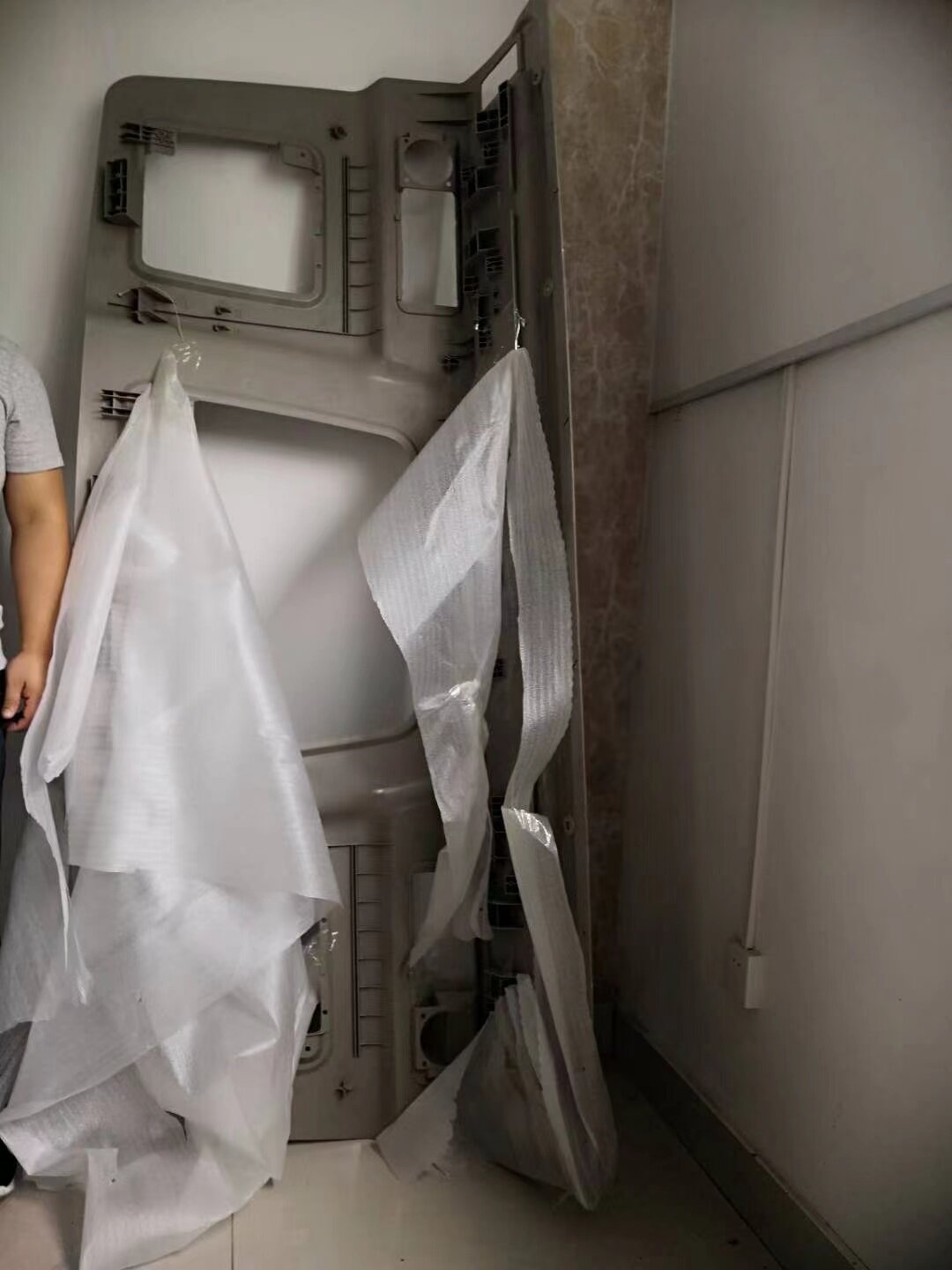
PC/ABS
https://www.toponew.com/products/pc-abs-alloy
PC/ABS is an alloy plastic blending PC and ABS, combining the excellent properties of PC and ABS.
Advantages:
Heat resistance, toughness, impact strength (especially suitable for high-strength structural parts), and flame retardancy; Good processability, surface quality, and low density. Material unit cost reduction, reduced melt viscosity. As an alloy of two amorphous plastics, PC/ABS has excellent comprehensive properties without significant drawbacks.
Applications:
PC/ABS is used in some decorative parts requiring certain heat resistance and high impact requirements, such as electroplated door handles, center console decorative panels, etc. Due to its excellent low-temperature performance, dimensional stability, and excellent bonding performance with foams, PC/ABS is also commonly used in high-end car models' instrument panel bodies.
PC/ABS used in center console panel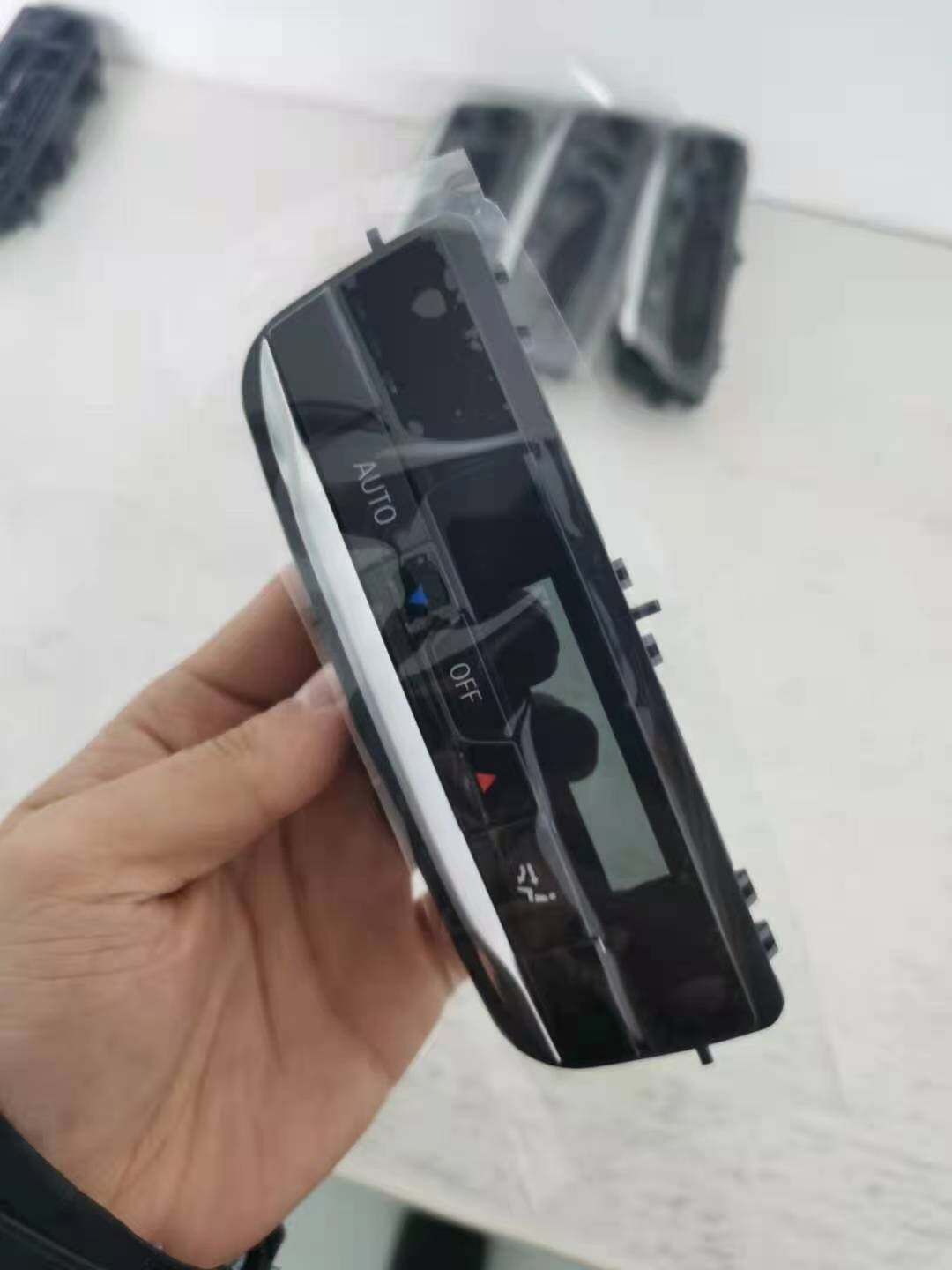
PC/ABS alloy used in battery cover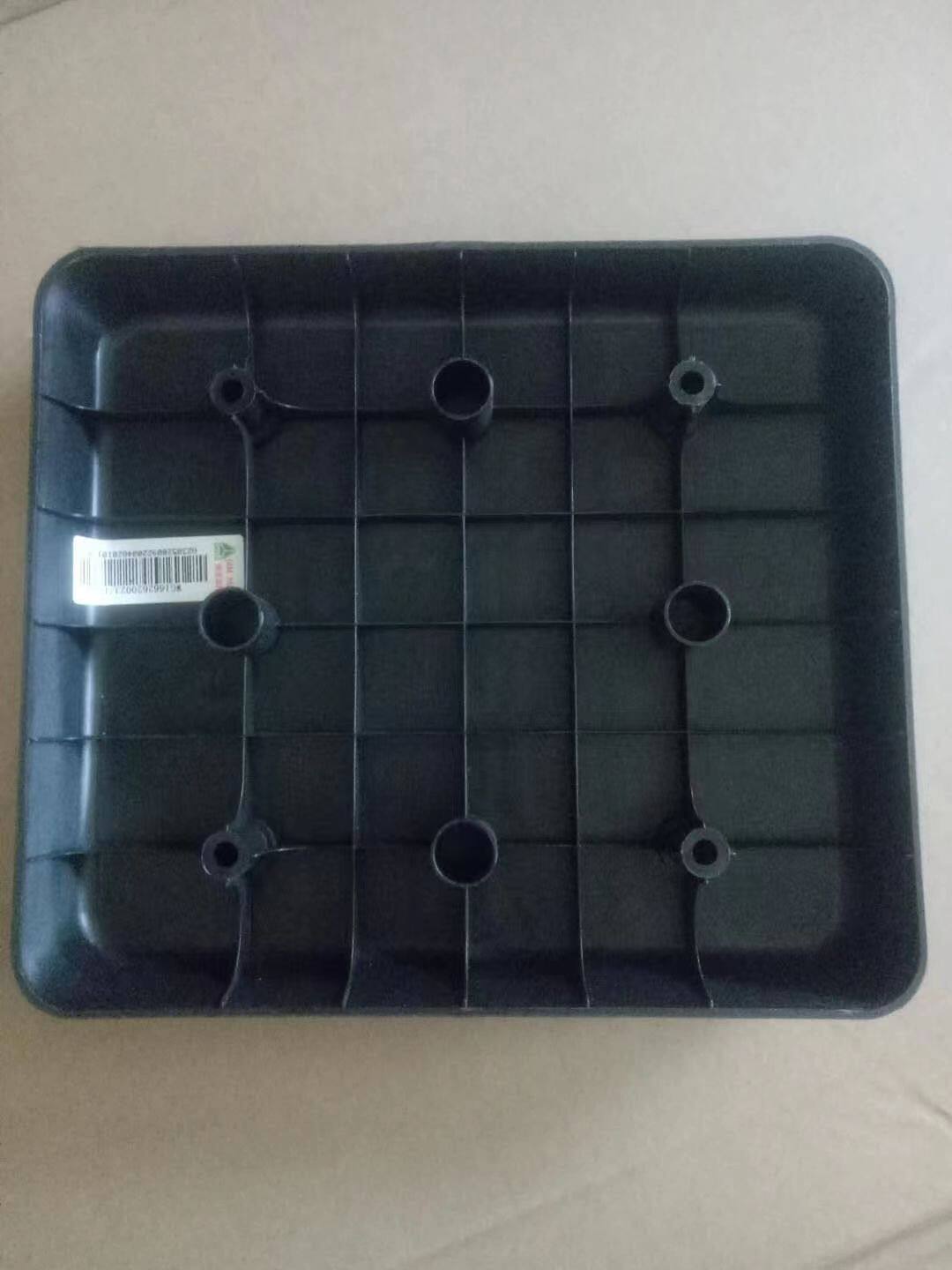
POM
https://www.toponew.com/products/pom-compound
POM is a semi-crystalline plastic, known as polyoxymethylene. POM is divided into homopolymer and copolymer. Homopolymer POM is a homopolymer of trioxymethylene or formaldehyde; copolymer POM is a copolymer of trioxymethylene and 1,3-dioxolane. Homopolymer POM has high crystallinity, better mechanical strength, rigidity, and heat deformation temperature than copolymer POM. Copolymer POM has a lower melting point, better thermal stability, chemical corrosion resistance, flow characteristics, processability, and continuous use temperature than homopolymer POM. POM's end group is a hemiacetal (-CH2OH), which is prone to breakage when the temperature exceeds 100°C. Generally, end-group sealing treatment is required to stabilize it, improving its thermal stability and heat resistance.
Advantages:
High wear resistance, close to metal in specific strength and rigidity, good fatigue resistance.
Disadvantages:
Not highly heat resistant, poor flame retardancy, large shrinkage.
Applications:
POM is mainly used in components requiring high creep resistance, fatigue resistance, wear resistance, or self-lubrication, such as bumper mounting brackets, opening handles, buckles, internal mechanisms of closures, glass lifting systems, etc.


